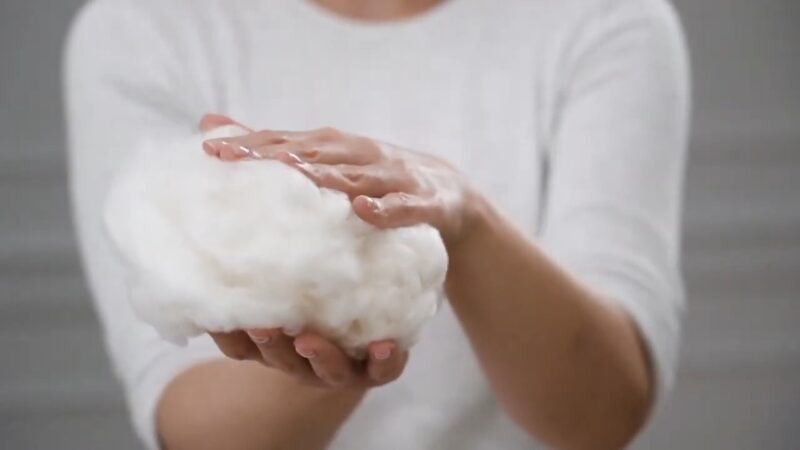In the ever-evolving world of fashion and sustainability, few innovations have garnered as much attention as QMILK. This groundbreaking technology, pioneered by the brilliant Anke Domaske, has the potential to revolutionize the textile industry. Let’s dive deep into the world of QMILK and discover how milk transforms into wearable fabric.
Anke Domaske, a multi-talented German entrepreneur, fashion designer, and microbiologist, was the driving force behind the creation of QMILK. Inspired by her desire to develop non-chemically treated fabric, Domaske embarked on a journey that led her to the discovery of milk proteins as a potential textile material.
Her dedication to sustainability and innovation is evident in her approach, as she sought to revive a production technique from the 1930s but with a modern, eco-friendly twist.
Domaske’s initial experiments were humble, to say the least. With equipment worth just two hundred euros from a supermarket, she began her research at the Bremen Fiber and Wool Institute. Her perseverance paid off when she successfully developed an organic, biodegradable milk fiber, now known as QMILK.
This innovative fiber technology has since received numerous accolades and awards, solidifying its place in the annals of sustainable fashion.
The Science Behind

Milk fiber is not a new concept. In fact, its origins can be traced back to the 1930s, when Italy and the USA first introduced milk-blend cotton yarn, known as milk casein.
Designed to rival wool, this early version of milk fiber faced challenges due to its reliance on formaldehyde and excessive water consumption, rendering the production method unprofitable. Italy, in particular, was known for producing Lanital, a wool-like textile derived from milk. The process involved separating milk and cream, with the latter used for butter production and the former for extracting casein.
The Modern Production Process
Today’s QMILK production process is a testament to technological advancements and sustainable practices. At its core, the process involves extracting casein protein from milk, which bears a resemblance to cheese.
This casein is then dissolved in a viscous liquid and extruded through nozzles into a chemical bath. The end result? A milk fiber fabric that’s virtually indistinguishable from wool. Unlike its historical counterpart, contemporary milk fiber yarn is often blended with casein protein and acrylonitrile, making it semi-synthetic.
The Future Potential
QMILK’s modern production process is a beacon of sustainability. It’s 100% natural, devoid of harmful chemicals, solvents, or plasticizers. The fiber can be composted at home and biodegrades within months when exposed to the environment. Moreover, the absence of formaldehyde ensures cost efficiency and minimal CO2 emissions. The final product is as soft and smooth as silk, meeting the stringent requirements of innovative material developments.
Vision for the Future
Anke Domaske’s aspirations for QMILK extend beyond just clothing. She envisions a future where discarded milk, which is often wasted due to non-compliance with food regulations, becomes a valuable raw material for producing milk fiber. In Germany alone, a staggering two million tons of milk are discarded annually. For Domaske and the QMILK team, this represents an untapped resource. Their ultimate dream? Constructing a house made entirely of QMILK. While it might sound like a lofty goal, with the strides they’ve made so far, it’s a possibility that’s well within reach.
Impact on the Fashion Industry
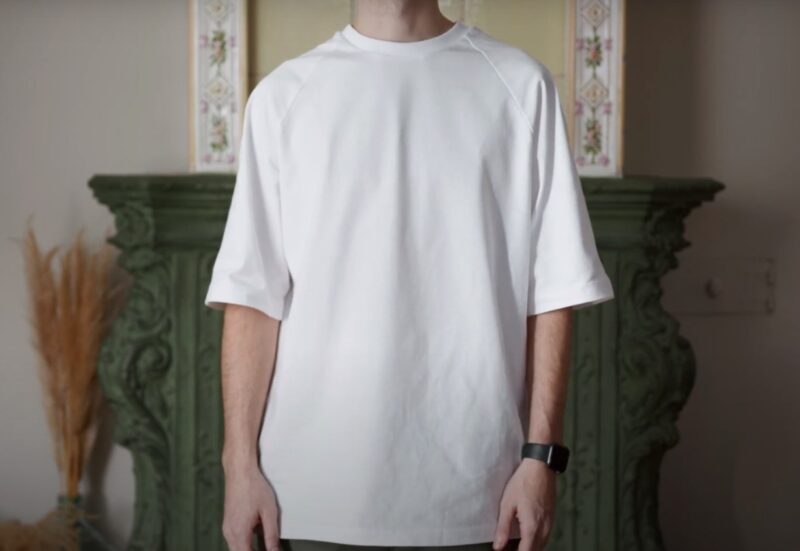
The fashion industry, notorious for its environmental impact, is in dire need of sustainable alternatives. QMILK, with its eco-friendly production process and biodegradable nature, offers a promising solution.
Not only does it reduce the industry’s carbon footprint, but it also provides a viable alternative to traditional textiles, which often rely on non-renewable resources and harmful chemicals. Brands that adopt QMILK showcase their commitment to sustainability, appealing to an increasingly eco-conscious consumer base.
Skin-Friendly Benefits
Beyond sustainability, Offers tangible benefits to the end consumer. Its natural composition ensures that the fabric is hypoallergenic, making it perfect for individuals with sensitive skin.
Moreover, its silky-smooth texture provides unparalleled comfort, rivaling luxury fabrics in feel and appearance. As consumers become more discerning about the materials that come into contact with their skin, QMILK’s skin-friendly properties position it as a premium choice in the textile market.
Challenges and Opportunities
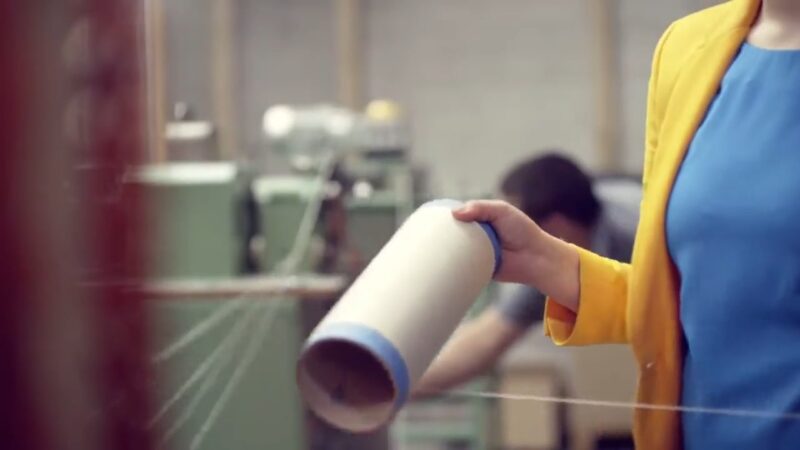
While QMILK presents numerous advantages, it’s not without its challenges. Scaling production to meet global demand, ensuring consistent quality, and navigating the complexities of sourcing sustainable milk are just a few of the hurdles the QMILK team faces. However, with every challenge comes an opportunity. By addressing these issues head-on, QMILK can further solidify its position as a leader in sustainable textiles.
Expanding the Horizon
The potential applications of QMILK extend beyond just clothing. From home furnishings to automotive interiors, the possibilities are vast. As research and development continue, we can expect to see QMILK making its mark in various industries, driving the global shift towards sustainability. Collaborations with major brands and industries can further propel QMILK’s reach, ensuring that its positive impact is felt across sectors.
The Global Response
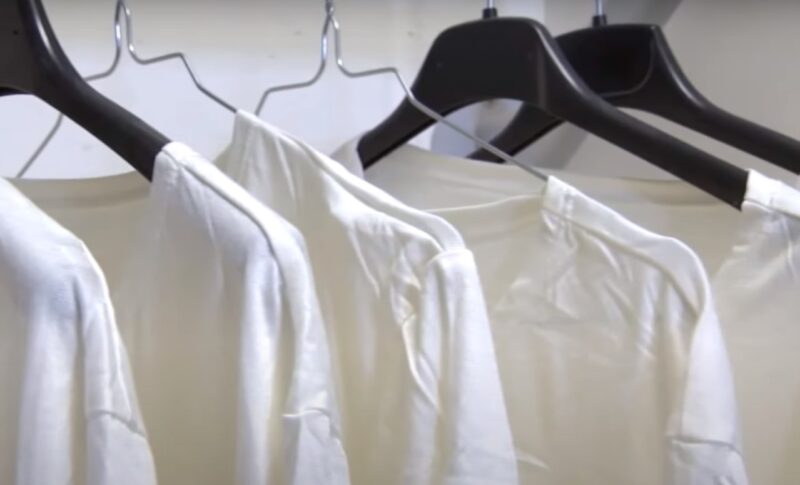
QMILK’s innovative approach hasn’t gone unnoticed. The brand received the prestigious Green Tec Award in 2015 and has also been certified by the OEKO TEX standard 100 for international ecological textiles. Such accolades not only validate commitment to sustainability but also position it as a frontrunner in the global sustainable textile movement.
The Growing Community
Around the world, designers, brands, and consumers are rallying behind it. Its unique story, combined with its tangible benefits, has created a loyal community of advocates. From fashion shows in Paris to sustainable conferences in New York, QMILK is making waves and inspiring a new generation to think differently about textiles. As more people join the QMILK movement, its impact on the global fashion and textile industry will only continue to grow.
FAQ
1. How does it compare to other sustainable fabrics like bamboo or hemp?
QMILK is unique in its origin, being derived from milk. While bamboo and hemp are plant-based and have their own set of environmental benefits, QMILK stands out due to its biodegradability, skin-friendly properties, and innovative production process.
2. Is it suitable for vegans?
Yes, QMILK is considered vegan-friendly. The milk used in its production is sourced from waste milk that would otherwise be discarded, ensuring no harm or exploitation of animals.
3. How durable is compared to traditional fabrics?
QMILK boasts a durability comparable to many traditional fabrics. Its natural composition ensures longevity, and with proper care, QMILK garments can last for years.
4. Can fabrics be dyed and printed on like other textiles?
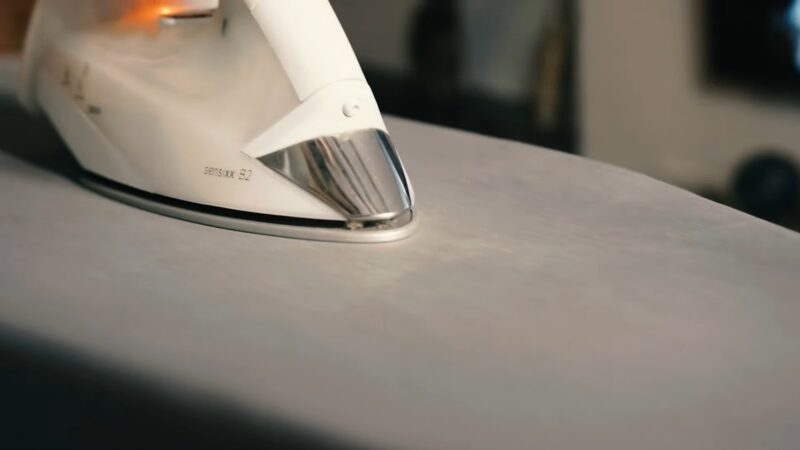
Absolutely! Fabrics can be dyed using eco-friendly dyes, and they take on vibrant colors beautifully. They can also be printed on, making them versatile for various fashion applications.
5. How does the cost of compare to other fabrics?
While the production process for QMILK is more sustainable and eco-friendly, it can be slightly more expensive than mass-produced synthetic fabrics. However, its benefits often justify the price difference for many consumers and brands.
6. Is production limited to Germany?
While Anke Domaske and her team pioneered in Germany, the technology and concept have garnered global interest. It’s expected that as the demand for sustainable textiles grows, QMILK production will expand to other regions.
7. How do I care for garments made from QMILK?
Garments can be cared for similarly to other delicate fabrics. It’s recommended to hand wash or use a gentle machine cycle and avoid harsh chemicals or bleach.
Final Words
The journey of QMILK, from a visionary idea to a tangible, sustainable fabric, is a testament to human ingenuity and our collective drive towards a greener future.
As we stand at the crossroads of fashion, sustainability, and innovation, QMILK offers a beacon of hope, showing us that with passion and perseverance, we can create solutions that benefit both the environment and humanity.
As consumers, designers, and advocates, it’s our responsibility to support and champion such innovations, ensuring a brighter, more sustainable future for all.
